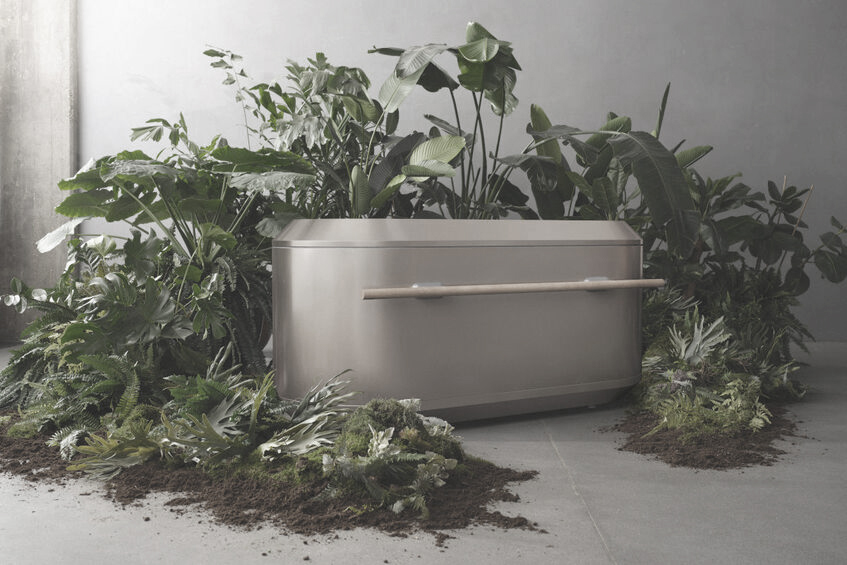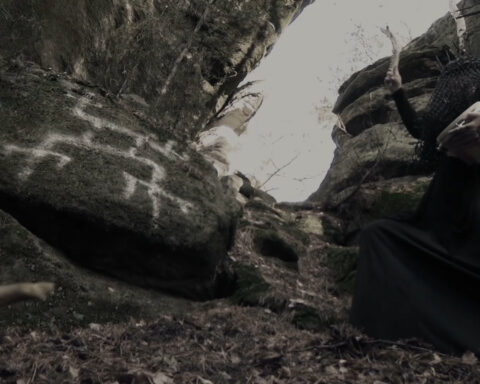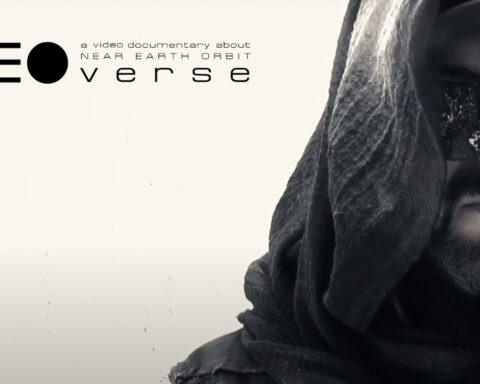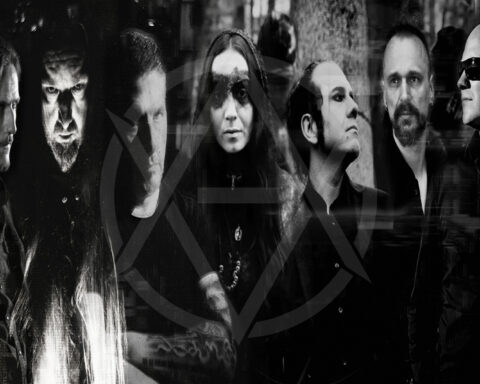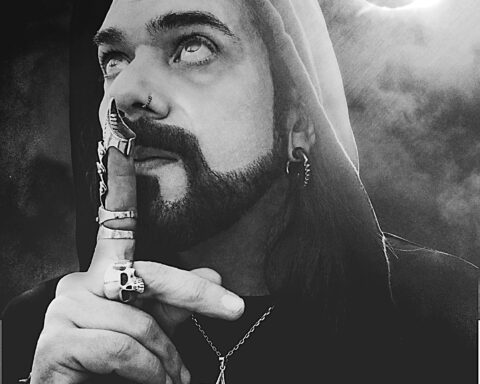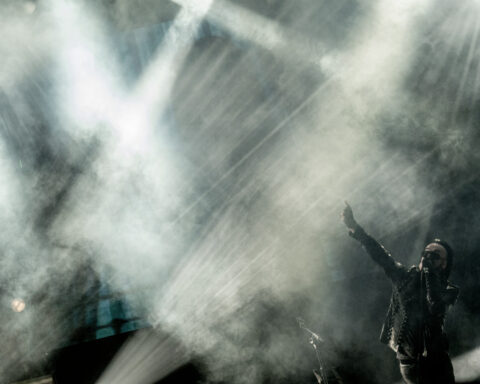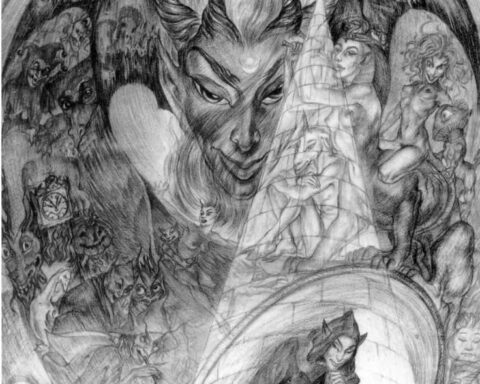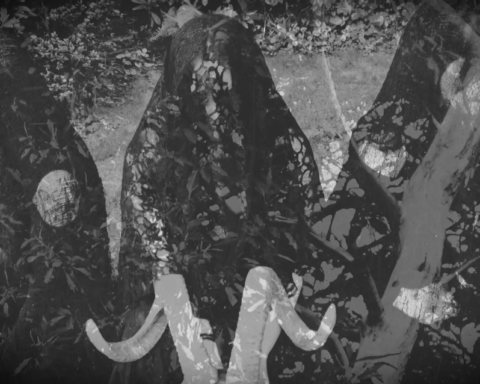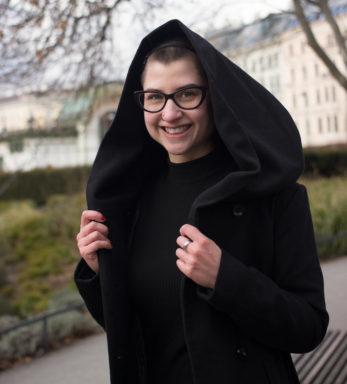Wie werde ich sterben, woran werde ich sterben, wann ist der Zeitpunkt meines Ablebens? Fragen, die die Menschheit schon immer begleitet haben. Persönliche Gedanken, die meist im Kopf bleiben, deren Antworten man sich selbst gibt oder diese mit engen Vertrauten (im letzten Drittel des Lebens) teilt.
[englisch version below]
Die Tabuisierung des eigenen Todes ist in vielen kulturellen Kreisen immer noch eher normal als die Ausnahme. Warum? Hier gäbe es vielfältige Betrachtungsweisen: Verdrängung, religiöse Weltbilder, soziale Faktoren, das eigene Umfeld, viele subjektive und persönliche Umstände, um nur einige Begründungen zu nennen. Ich gehe der Beantwortung nach, was nach meinem Tod geschehen soll. Das im Leben zu entscheiden, halte ich für bedeutsam, für mich, aber auch für die Hinterbliebenen. „Bestattungsverfügung“ heißt es im Amtsdeutsch. Weder eine Erdbestattung im Sarg als auch das Verbrennen in einem Krematorium kommen für mich in Frage. Nachhaltig leben ist für die Menschen der Industrieländer enorm herausfordernd. Nachhaltig sterben geht jetzt in Deutschland mit der „Reerdigung“.
40 Tage Transformation
Ich mag diese Vorstellung zu Lebzeiten: 40 Tage in der Wabe – die natürliche Transformation des toten Körpers zu Erde zu werden übernehmen Mikroorganismen und angereicherter Sauerstoff und Wasser. Mit dem toten Körper kommt ein spezielles Substrat aus Heu, Stroh, Aktivkohle und weiteren pflanzlichen Materialien in den Kokon. Keine Kleidung, Schmuck, Beigaben finden sich im Kokon. So natürlich wie wir geboren werden, so natürlich nackt wird der Körper zu Erde. Der Metallkokon, den es bald auch aus recyceltem Kunststoff geben wird, ist 40 Tage im Alvarium verschlossen. Mehrmals am Tag wird der Kokon sanft gedreht, bewegt. Die Prozesse werden überwacht, alles hochtechnisch. Es wird kaum Energie verbraucht. Anders als beim Verbrennen im Krematorium, bei dem viel CO2 emittiert wird, ist dieser Prozess allein mit der Einzigartigkeit der Natur und deren Organismen emissionsarm. Das ist mir wichtig. Es spiegelt den Kreislauf der Natur wider, zu Erde zu werden, die dem Boden nicht schadet, die in die Natur zurückgeführt wird, Erde, die fruchtbar ist.
Erde zu Erde: Sanft, ökologisch und natürlich
Das junge Unternehmen „Meine Erde“ wirbt mit dem Slogan: „Meine Entscheidung – meine Erde“. Schlicht und passend für Menschen, die sich weit vor ihrem Tod (obwohl man das ja nie genau weiß), entscheiden, was nach der Seelenabwanderung mit dem Körper geschehen soll. 40 Tage in diesem Kokon: Zeit für Abschied, Zeit für Trauer aber auch eine wirkliche Entschleunigung! Zeit für die Veränderung, die sich langsam aber stetig so vollzieht, wie ich es mir zu Lebzeiten gewünscht habe. Die eigene Form der Bestattung festzulegen, bedeutet zudem, bewusst auf Dinge zu verzichten, die das Sterben nicht nachhaltig machen. Kein schwerer Holzsarg, für den Wälder abgeholzt werden. Keine Polyesterstoffe im Sarg, die sich in der Natur, genau wie Plastik, nicht abbauen. Keine riesige Grabstelle auf einem Friedhof, der kaum noch Platz hat. Die Förderung von grüner Friedhofskultur geht auch damit einher, das Bestatten an sich ökologisch besser zu machen. Das bietet die „Reerdigung“: nachhaltig und ökologisch vertretbar.
Wer mich kennt, der weiß, das passt. Und so wird er denn irgendwann in meinem Sinne umgesetzt, mein letzter Wille. Die passende „Set(h)-List“ an Songs füllt sich. Noch habe ich ja etwas Zeit für die Musik, die meine Transformation begleiten soll.
„Memento mori“!
Reerdigung – the final destination in the Alvarium
How will I die, what will I die of, when will I die? These are questions that have always accompanied humanity. Personal thoughts that usually stay in one’s own head, whose answers one gives to oneself or shares with close confidants (in the last third of life).
[deutsche Version oben]
The taboo of one’s own death is still more normal than the exception in many cultural circles. Why? There could be many different perspectives: repression, religious worldviews, social factors, one’s own environment, many subjective and personal circumstances, to name just a few reasons. I am looking for answers to what should happen after my death. Deciding this during life is important to me, not only for myself but also for those left behind. „Funeral directive“ is the official term. Neither burial in a coffin nor cremation in a crematorium are options for me. Living sustainably is enormously challenging for people in industrialized countries. Dying sustainably is now possible in Germany with „Reerdigung“ (re-earthment).
40 days of transformation
I like this idea while still alive: 40 days in the hive – natural transformation of the dead body into soil is carried out by microorganisms and enriched oxygen and water. A special substrate made of hay, straw, activated charcoal, and other plant materials is placed in the cocoon along with the dead body. No clothing, jewelry, or other items are included in the cocoon. Just as naturally as we are born, our body will be naked and become soil. The metal cocoon, which will soon also be made from recycled plastic, is closed in the Alvarium for 40 days. The cocoon is gently turned and moved several times a day. The processes are monitored, all highly technical. There is hardly any energy consumption. Unlike cremation in a crematorium, which emits a lot of CO2, this process is low in emissions and unique to nature and its organisms. This is important to me. It reflects the natural cycle of nature, becoming soil that does not harm the soil and is returned to nature, soil that is fertile.
From earth to earth: Gentle, ecological, and natural
The young company „Meine Erde“ (My Earth) advertises with the slogan: „My decision – my earth.“ Simple and suitable for people who decide what should happen to their body after their soul has left (even though you never know exactly when that will happen). 40 days in this cocoon: time for farewell, time for mourning, but also a real slowdown! Time for the change that will slowly but steadily take place as I wished during life. Choosing one’s own form of burial also means consciously avoiding things that make dying unsustainable. No heavy wooden coffin that requires deforestation. No polyester fabrics in the coffin that, like plastic, do not break down in nature. No huge grave site in a cemetery that is already overcrowded. Promoting green cemetery culture also involves making burials more ecologically sustainable. „Reerdigung“ offers just that: sustainable and ecologically justifiable.
Those who know me know that this is fitting. And so, someday, my last wish will be fulfilled. The appropriate „Set(h)-List“ of songs is being compiled. I still have some time for the music that will accompany my transformation.
„Memento mori“!

